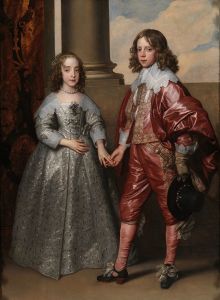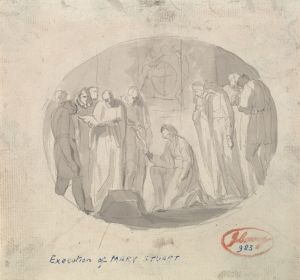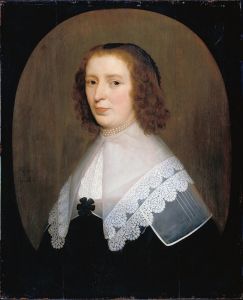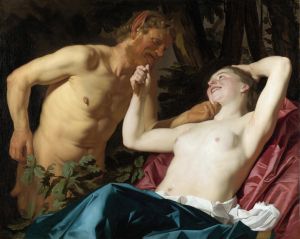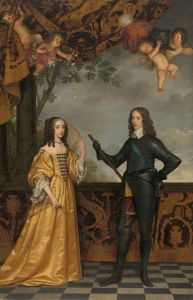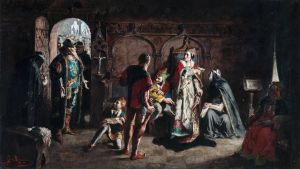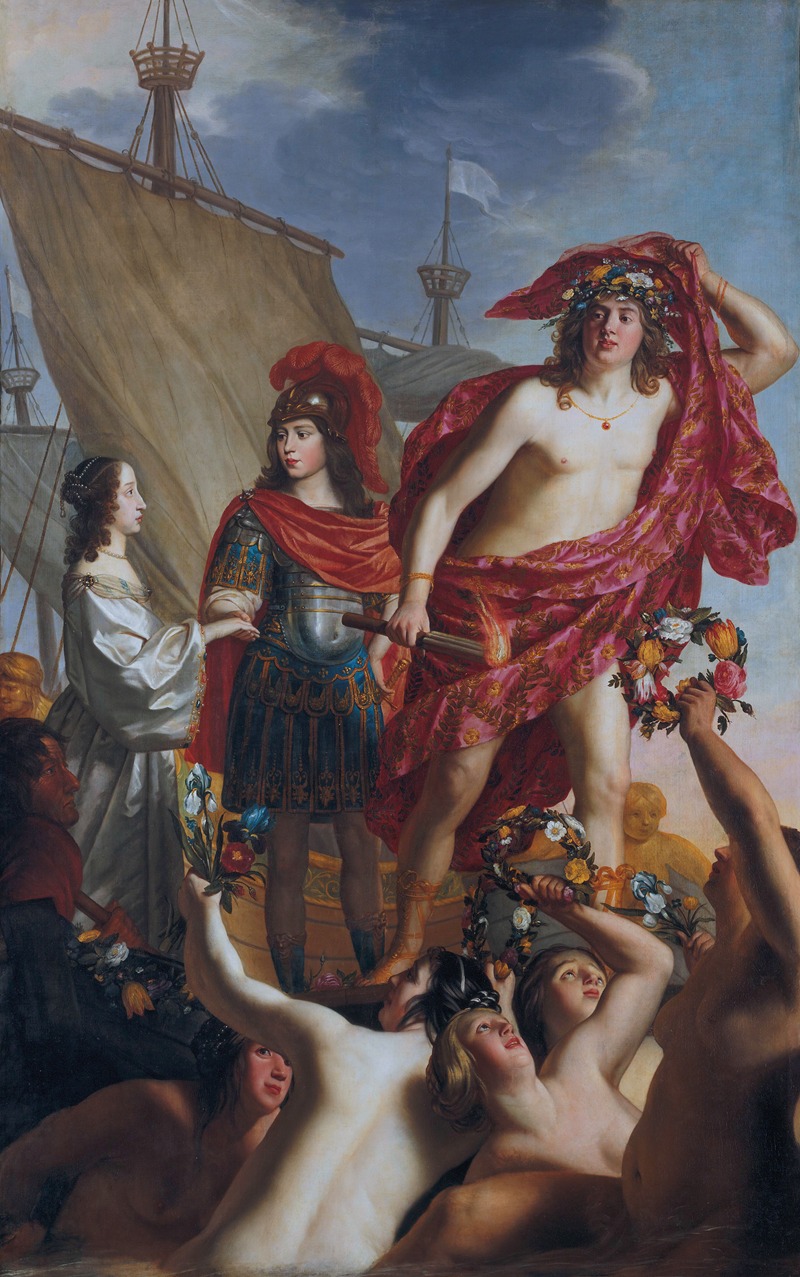
The debarkation of Mary Stuart, greeted by Willem II
A hand-painted replica of Gerard van Honthorst’s masterpiece The debarkation of Mary Stuart, greeted by Willem II, meticulously crafted by professional artists to capture the true essence of the original. Each piece is created with museum-quality canvas and rare mineral pigments, carefully painted by experienced artists with delicate brushstrokes and rich, layered colors to perfectly recreate the texture of the original artwork. Unlike machine-printed reproductions, this hand-painted version brings the painting to life, infused with the artist’s emotions and skill in every stroke. Whether for personal collection or home decoration, it instantly elevates the artistic atmosphere of any space.
"The Debarkation of Mary Stuart, Greeted by Willem II" is a painting created by the Dutch Golden Age artist Gerard van Honthorst. This artwork depicts the historical event of Mary Stuart's arrival in the Netherlands and her greeting by Willem II, Prince of Orange. Gerard van Honthorst, also known as Gherardo delle Notti, was renowned for his mastery in chiaroscuro and his ability to capture dramatic scenes with vivid realism.
Mary Stuart, also known as Mary, Princess Royal and Princess of Orange, was the daughter of King Charles I of England and Henrietta Maria of France. She was born on November 4, 1631, and became the wife of Willem II, Prince of Orange, through an arranged marriage that was part of a political alliance between England and the Dutch Republic. Willem II, born on May 27, 1626, was the son of Frederick Henry, Prince of Orange, and Amalia of Solms-Braunfels. He succeeded his father as the Prince of Orange and Stadtholder of several provinces in the Dutch Republic.
The painting captures the moment of Mary Stuart's arrival in the Netherlands, where she is greeted by her husband, Willem II. This event took place in 1641, when Mary was just ten years old and Willem was fifteen. The marriage was intended to strengthen the ties between the two nations during a period of political and military alliances.
Gerard van Honthorst's painting is notable for its composition and use of light, which highlights the central figures of Mary Stuart and Willem II. The artist's skillful use of chiaroscuro creates a dramatic contrast between light and shadow, drawing the viewer's attention to the expressions and gestures of the characters. The painting also includes various attendants and onlookers, adding to the sense of occasion and importance of the event.
Van Honthorst was a prominent painter in the Dutch Golden Age, known for his work in both portraiture and historical scenes. He was born in Utrecht in 1592 and trained under Abraham Bloemaert. Van Honthorst traveled to Italy in 1616, where he was influenced by the works of Caravaggio and his followers. Upon his return to the Netherlands, he became a leading artist and was commissioned by various patrons, including the court of the House of Orange.
"The Debarkation of Mary Stuart, Greeted by Willem II" is an example of van Honthorst's ability to capture significant historical moments with a sense of realism and drama. The painting remains an important piece of art that reflects the political and cultural connections between England and the Dutch Republic during the 17th century.
The artwork is currently housed in the Rijksmuseum in Amsterdam, which holds an extensive collection of Dutch Golden Age paintings. The museum provides access to this and other works by van Honthorst, allowing visitors to appreciate the historical and artistic significance of the period.
In summary, Gerard van Honthorst's "The Debarkation of Mary Stuart, Greeted by Willem II" is a significant historical painting that captures the momentous arrival of Mary Stuart in the Netherlands and her greeting by Willem II. The artist's use of light and composition highlights the importance of the event and the figures involved, making it a notable example of Dutch Golden Age art.







